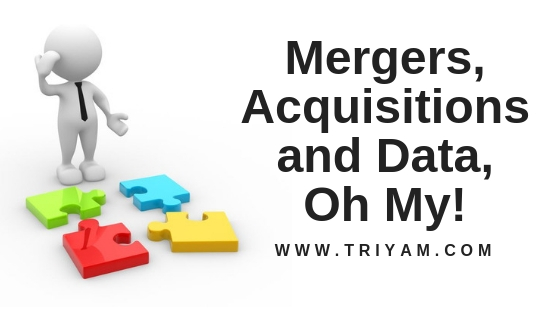Although the healthcare industry has seen a substantial surge in mergers and acquisitions over the past decade, they aren’t really anything new. Healthcare providers have been consolidating rapidly for at least the past 25 years. However, the types of mergers we’re seeing now are of a different variety.
What’s Changed?
Up until a few years ago most mergers simply combined two or more competing hospitals. These kinds of healthcare M&A activities are still happening, but now we’re also seeing what are called vertical acquisitions. This is where hospitals combine with outpatient clinics, physician practices, and other facilities within the system.
It’s easy to see why we’re seeing more vertical acquisitions, as they go a long way in creating a better patient experience. An efficient, vertically integrated entity is better equipped to use all relevant patient data, streamline and improve care and communication, and reduce costs.
These are much needed improvements for patients and providers, but bringing vastly complex businesses together is no easy feat and hospitals and clinics aren’t the only one’s switching things up.
Everyone’s Affected
The change in the U.S. healthcare climate has affected every aspect of the hospital service industry, especially health IT services. This includes software development, consulting, hosting, and you guessed it; EMR services. When EMR vendors merge it’s almost always for a great reason, but it isn’t always clear what the future will hold for them due to the major changes that have to take place. Because it’s hard to tell how a combined suite of products will fare long-term, it’s always good to have a backup plan.
That’s where data archiving comes in.
Data Archiving protects older data that an organization needs to maintain for regulatory or continuity of care requirements.
Data archiving is a great alternative to maintaining multiple legacy systems, which is what post-merger scene looks like. Archival is also less expensive option than the complex EMR data conversion that takes place when one system replaces another. A well-planned legacy system and patient data strategy not only alleviates future IT costs, but also reduces the potential risk involved with ever-changing EMR platforms.
Triyam offers EHR data archival services to Healthcare providers. Storage and archive with Triyam’s archival system, Fovea offers a secure, long-term, cost-effective solution that ensures data integrity while meeting all HIPAA requirements. Fovea also has many great features that make it easy to use, including:
- Vendor neutral EHR archive for storing multiple legacy EHR data in one uniform format
- Powerful search engine to search, query, filter, and retrieve historical data
- Rich, easy-to-use functionality to download, view, print, or email information
- Stores and organizes various data types including images and PDFs
- Web-based, no software to install locally
- User-defined security permission levels for limited or unlimited data access
- Presentation of patient information in a visit-by-visit or a longitudinal view over entire life-time of the patient
- Information can be accessed and viewed via computers, laptops, iPads, or mobile devices
Next Steps
Whether you’re experiencing the difficulties that come along with vendor changes or you just want to get ahead of the game and prepare for the unknown, Triyam’s got you covered. Supported by a team of professionals with decades of experience, we strive to provide products and services tailored to fit your exact needs.

